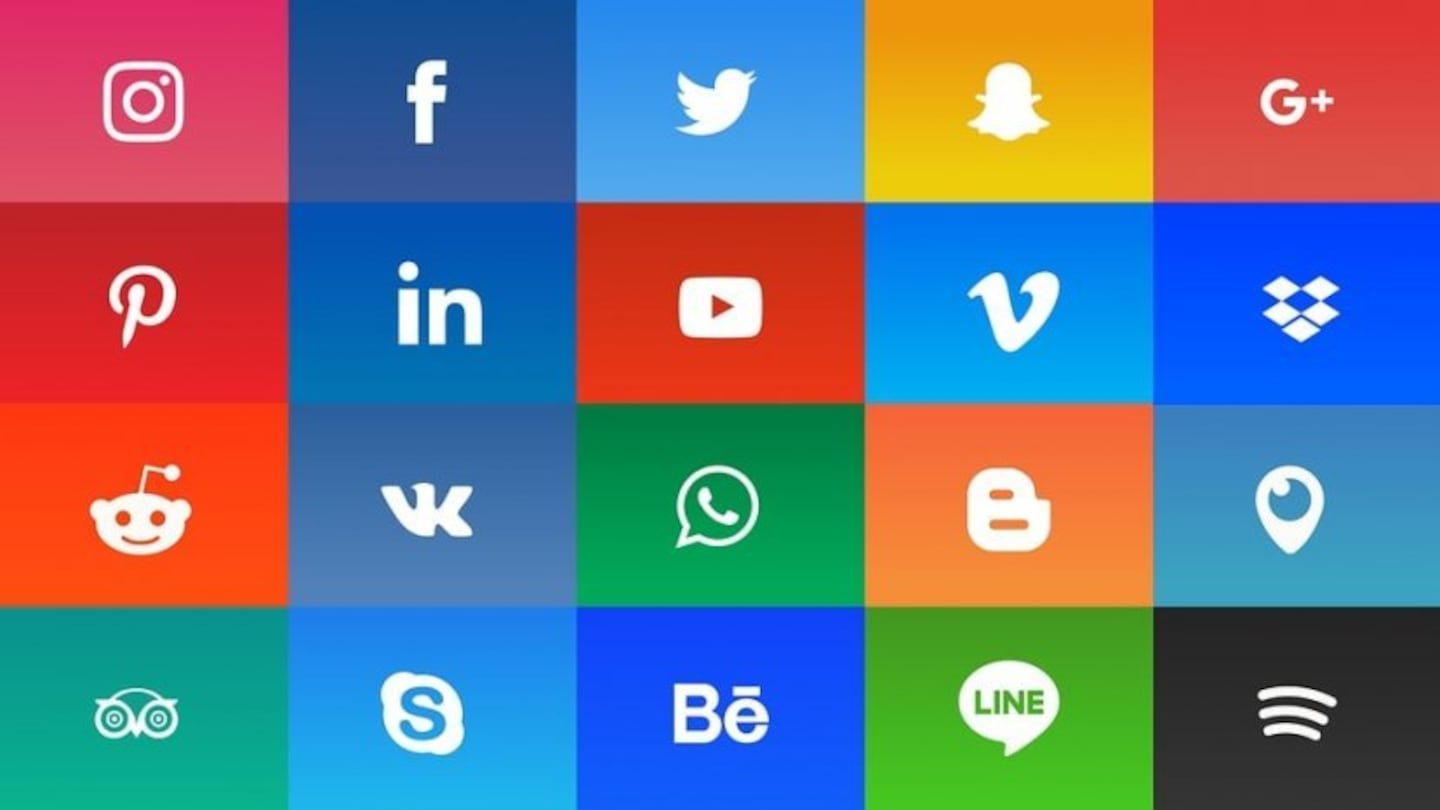Veteran hip hop artist ‘DLT’ Darryl Thomson says social media puts Māori art at risk of being copied. Bootleggers and counterfeiters, he says, choose which art to appropriate by looking for popular posts on social media.
“They’re doing it based on numbers of people liking the art, and when your tattoo goes up past the million likes – BOOM! It’s gonna be on a t-shirt somewhere,” DLT says.
He recalls a friend that had his art stolen and used to make online merchandise.
“So my advice to him was to smile, always and carry on! Draw something else!” DLT says.
"Rule 101 of hip hop, is that there is no rules"
As one of the pioneers of Aotearoa hip hop, DLT says that he is in no position to condemn others for cultural appropriation. Sampling existing music or sound effects is a hallmark of hip hop music. The Ngāti Kahungunu producer says that he sampled soul king James Brown throughout his career.
However he told Te Ao Māori where his line in the sand between appropriation and adaptation lies.
“Rule 101 of hip hop, is that there is no rules. Rule number two of hip hop is do not bite (plageurise/copy),” he says.
“So don’t take someone else's sh*t. Be inspired by it, and add yourself, your mix to it, and give it back.”
Adaptation across cultures, DLT says is normal and in no way affects the indigeneity of the art that emerges from it.
“Everyone is doing it. The tangata whenua of Australia use British paints, with a stick to paint their paintings. Does it make it English, because the paints from England?” he asks.
"On to it little prick!"
He has had his work appropriated as well. DLT’s last album, Altruism was the collaboration of singers and emcees from around the world. On the day of its release in 2000, his album had been pirated.
“A 14-year-old Filipino kid uploaded Altruism and gave it away for free!” DLT says.
“My reaction was about three seconds long; ‘Eh really? Damn! On to it little prick! What’s for dinner!?”
He suggests that Māori artists exercise caution when putting their art online. He is confident that if Māori artists were approached face-to-face, chances are that they would be happy to have their work reproduced.

